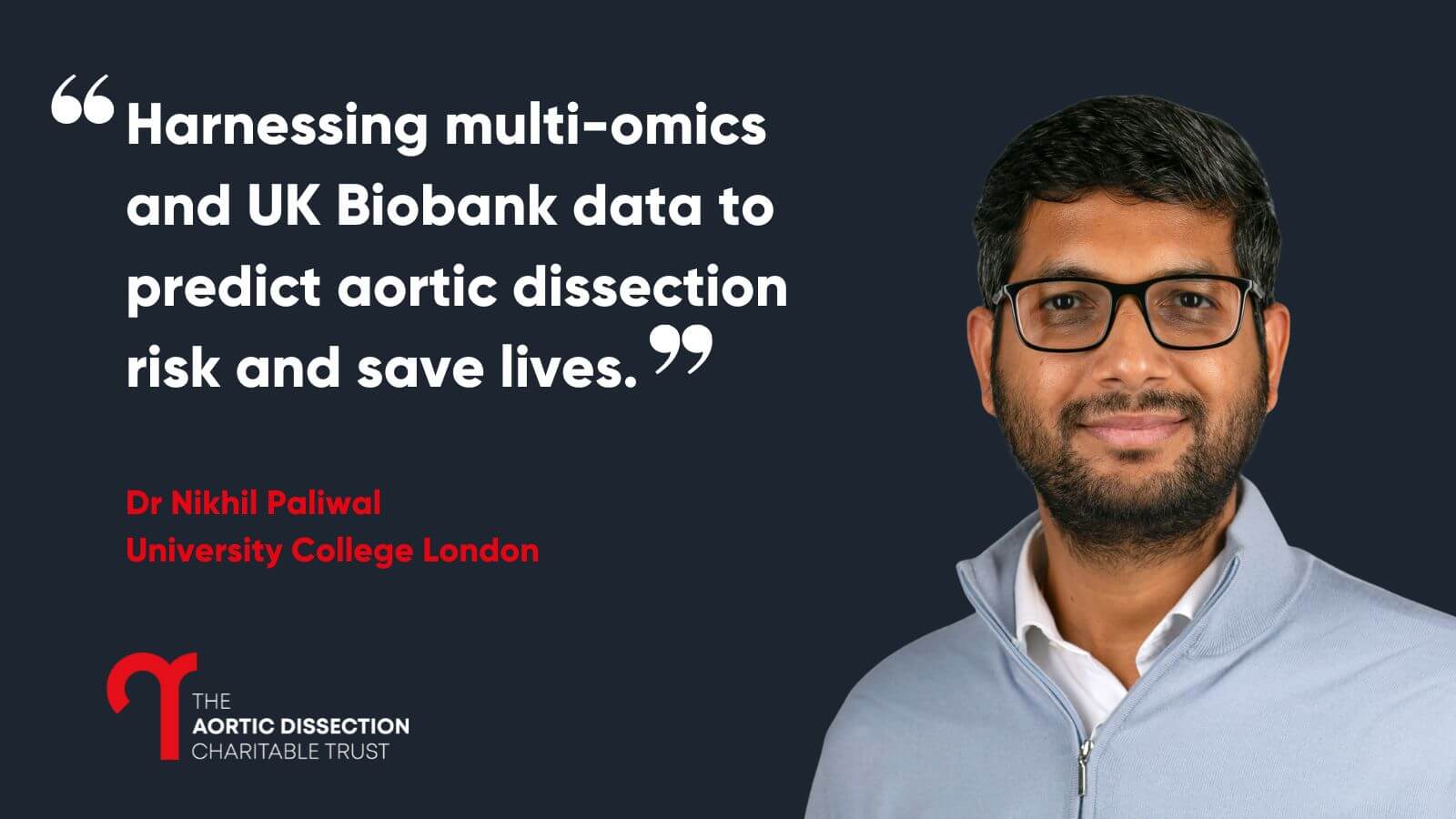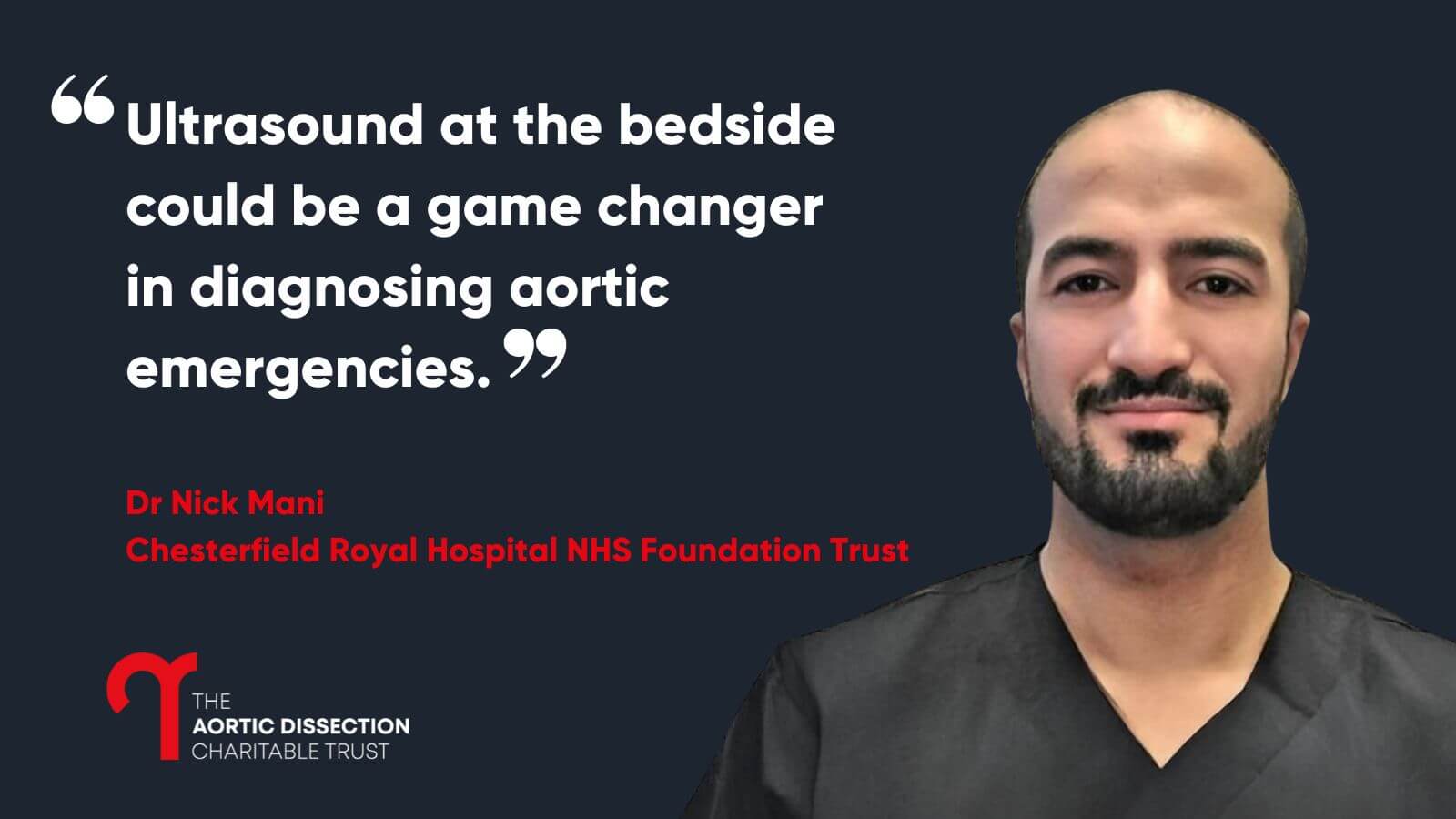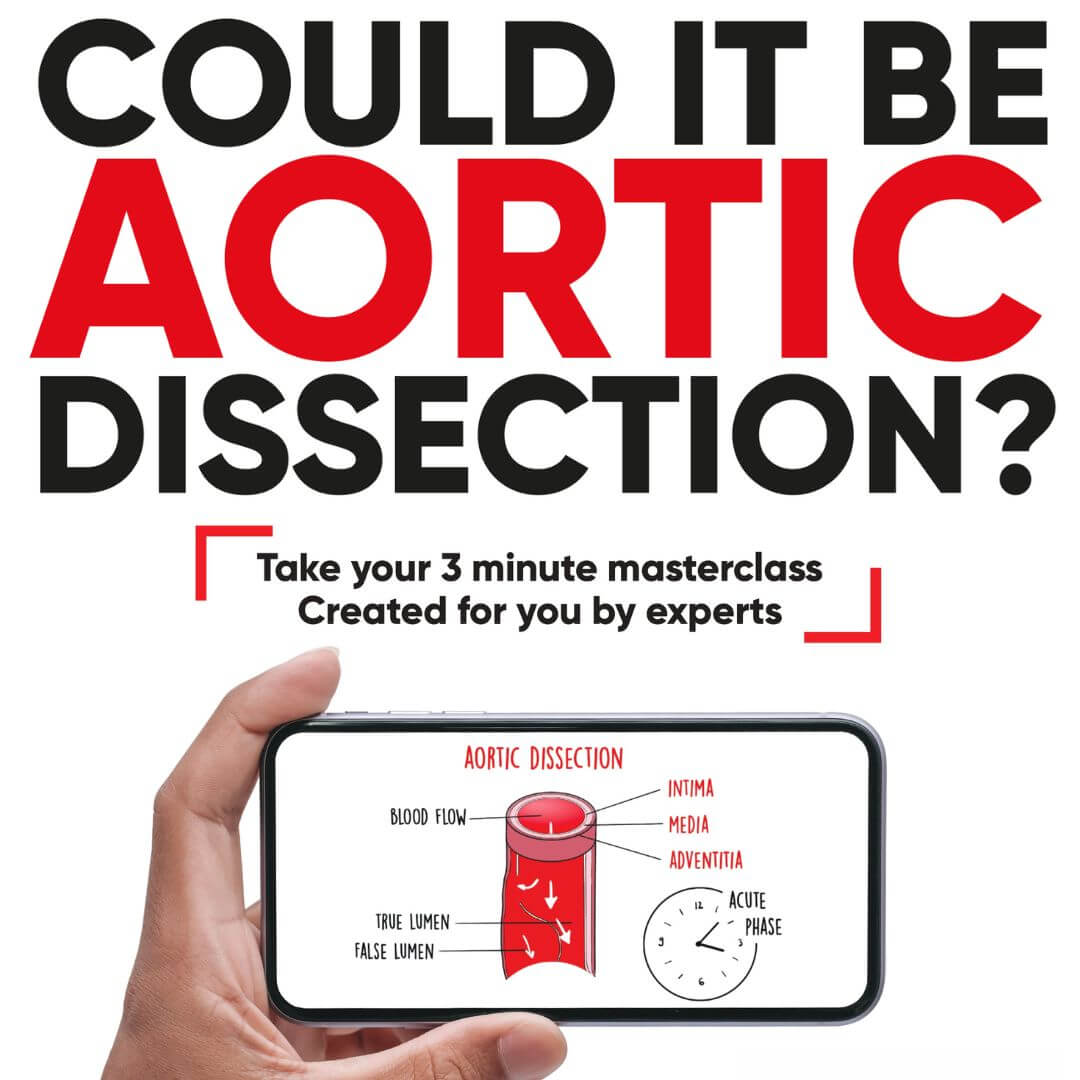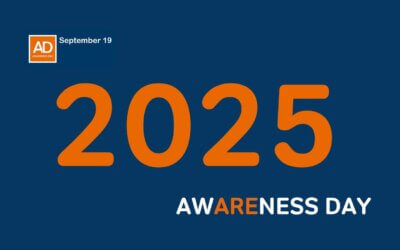As part of our continued commitment to improving outcomes for people affected by aortic dissection, we are proud to announce the recipients of the 2025 Aortic Dissection Research Grants. This year’s projects represent an important step forward in both quicker diagnosis and long-term prevention. Key areas identified as high priorities by both patients and clinicians.
The funded studies reflect a growing urgency to transform how acute aortic syndromes (AAS) are recognised and managed in emergency settings, as well as how we predict and prevent thoracic aortic dissection before it occurs. These projects are united by their bold vision, their emphasis on collaboration, and their potential to create lasting improvements in patient care.
The Importance of Research in Aortic Dissection
This year’s research webinar was opened by Professor Christoph Nienaber, Consultant Cardiologist at the Royal Brompton Hospital and internationally recognised expert in aortic disease. Professor Nienaber emphasised the critical role of ongoing research in improving diagnosis, treatment, and long-term outcomes for patients with aortic dissection.
He spoke candidly about the rising incidence of aortic dissection and the persistent challenge of misdiagnosis. Highlighting the urgency of supporting innovation, such as this year’s funded projects, and the need for continued research to transform aortic dissection from a high-risk emergency into a manageable, preventable condition.
We have to think about the occurrence of a dissection even if you don’t expect it. It’s an age-related phenomenon, but it can occur in younger patients too. There’s still a lot of work to do.
Award 1 – From Biomarkers to Therapies – A Multi-Omics Framework for Thoracic Aortic Dissection Prediction and Prevention
Dr Nikhil Paliwal and his team are leading a pioneering effort to transform thoracic aortic dissection from a sudden emergency into a preventable condition. By leveraging data from the UK Biobank, this project aims to identify blood-based biomarkers, subtle imaging changes, and genetic risk factors that may signal dissection risk long before symptoms appear.
Combining artificial intelligence with a multi-omics approach, the team hopes to create a predictive tool that enables truly personalised monitoring and intervention strategies. If successful, this could mark a turning point in how clinicians assess risk and prevent dissection in those who appear outwardly healthy but are unknowingly vulnerable.
Award 2 – Bedside Echocardiography in Thoracic Aortic Syndrome in the Emergency Department (BEaT-ED)
While bedside transthoracic echocardiography (TTE) holds promise for faster diagnosis of acute aortic syndromes, its application across UK emergency departments remains inconsistent. Led by Dr Nick Mani, this study will assess how TTE is currently used in suspected AAS cases and work with experts to establish national best-practice guidance.
Key objectives include developing a standardised protocol through expert consensus and exploring how bedside ultrasound can differentiate between AAS and other life-threatening conditions like pulmonary embolism or myocardial infarction. Central to the project is a strong patient and public involvement (PPI) focus and a commitment to improving safety and training in emergency care. The outcomes of this work could lead to faster, more accurate diagnoses and ultimately save lives.
Building a Safer Future for Aortic Dissection Patients
These research grants are made possible thanks to the continued generosity of our supporters and fundraisers. We are deeply grateful to everyone who helps make progress in aortic dissection research possible.
We were pleased to hear directly from the project leads during our Research Webinar, held in recognition of Aortic Dissection Awareness Day. Patients, families, clinicians, and researchers came together to explore these vital studies and the future they represent in transforming diagnosis, risk prediction, and care for those affected by aortic dissection.
Together, we move closer to a world where aortic dissection is no longer a hidden or sudden threat, but a condition we can diagnose earlier, treat better, and ultimately prevent.






